This Is What a City Without Drinking Water Looks Like
A version of this article originally appeared on VICE India.
The Delhi Jal Board (DJB) withdrew its plea in the National Green Tribunal (NGT) today, asking the Haryana government to check the quality of water being supplied to the city. The DJB—which is the government agency responsible for supplying potable water to the Delhi region—was concerned that the water being supplied had “dangerous levels of ammonia,” making the water unfit for consumption.
Even as this dispute between the Delhi and Haryana state governments over the polluted condition of the Yamuna River—the main water supply for both regions—raged on, the city was hit with a water scarcity, now a routine feature of the north Indian summer. Adding to this was a massive fire in Malviya Nagar last week, which took 8 lakh liters [211,338 gallons] of water and an Indian Air Force helicopter using 7,500 liters [1,981 gallons] more to put out.
As many reports point out, the DJB has increased its water treatment capacity, but there isn’t enough raw water to supply to the people that live here.
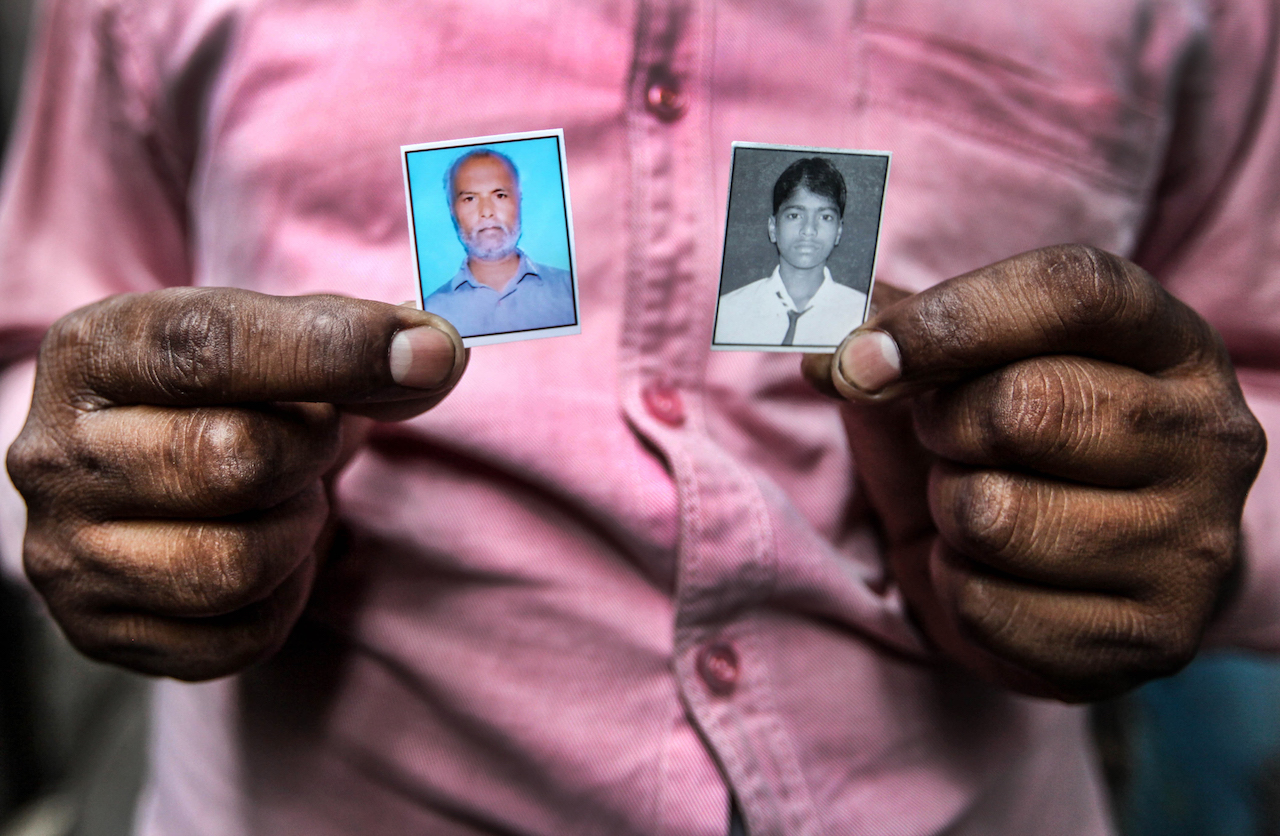
On March 20, 60-year-old Lal Bahadur and his son, 19-year-old Rahul Harijan, were caught in a scuffle between their neighbors while collecting water from a tanker in the Wazirpur Industrial Area in northern Delhi. Bahadur died immediately, his son a month later.
For the less affluent sections of the city, the DJB water tanker is the only source of water. Or they have to turn to the water mafias.
After repeated raps from the NGT, the parliamentary agency that oversees cases related to environmental protection or disputes throughout the country, the Delhi Jal Board sealed around 750 illegal bore-wells in past month to prevent the swiftly depleting water table. Officials admitted that there are 5,000 illegal water extraction points in the city.
With the collective lack of trust in government-supplied drinking water, the bottled water industry has boomed. Only 64 water bottling plants have the license to supply drinking water to Delhi and the region surrounding the capital, whereas several illegally packaged water bottling units are operating in the area.
VICE India photographer Vijay Pandey visited some of the worst hit areas of the city.
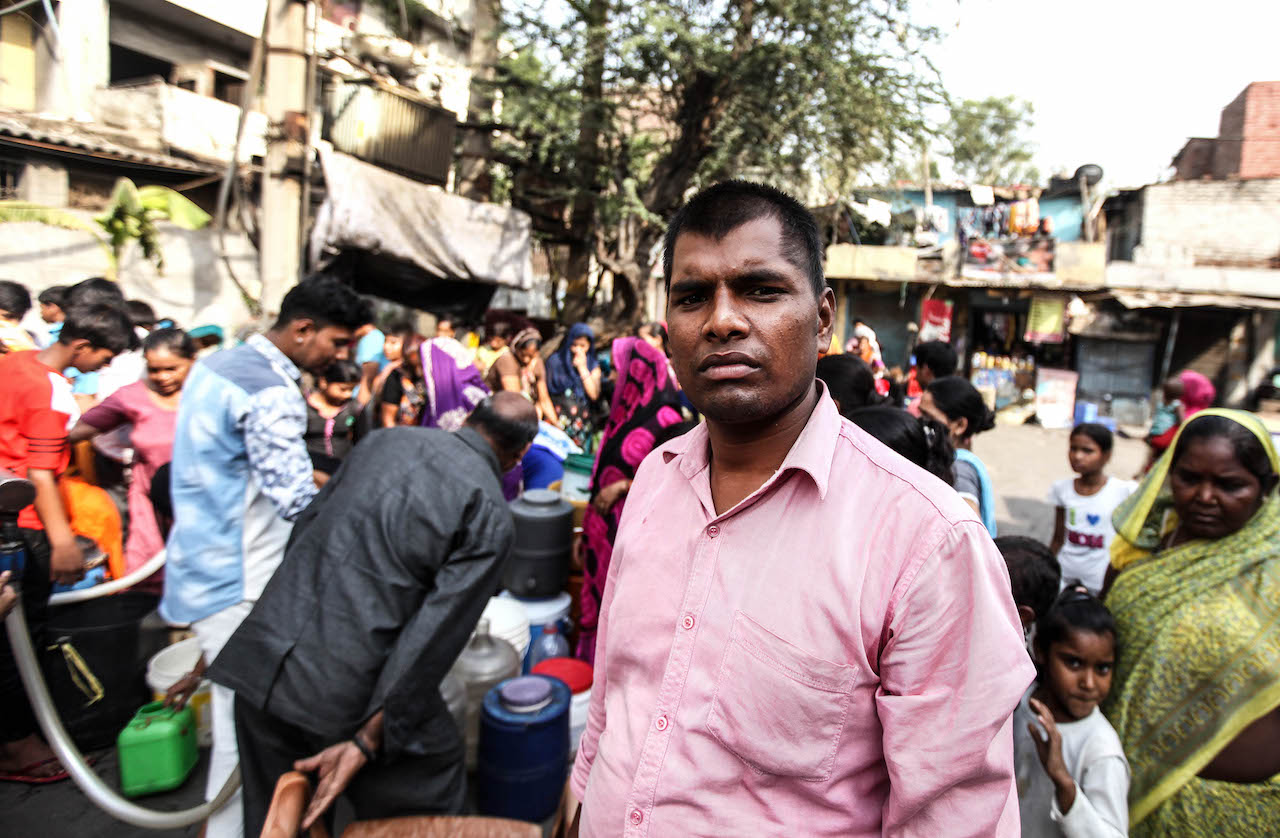
Rohit Kumar
“My father and my brother got into a fight because of water. The situation is still the same as it was on the day of my father’s death. People still fight for water. We expect the government to provide water so that what happened with our family does not happen to anyone else. We feel afraid while going out to collect water.”
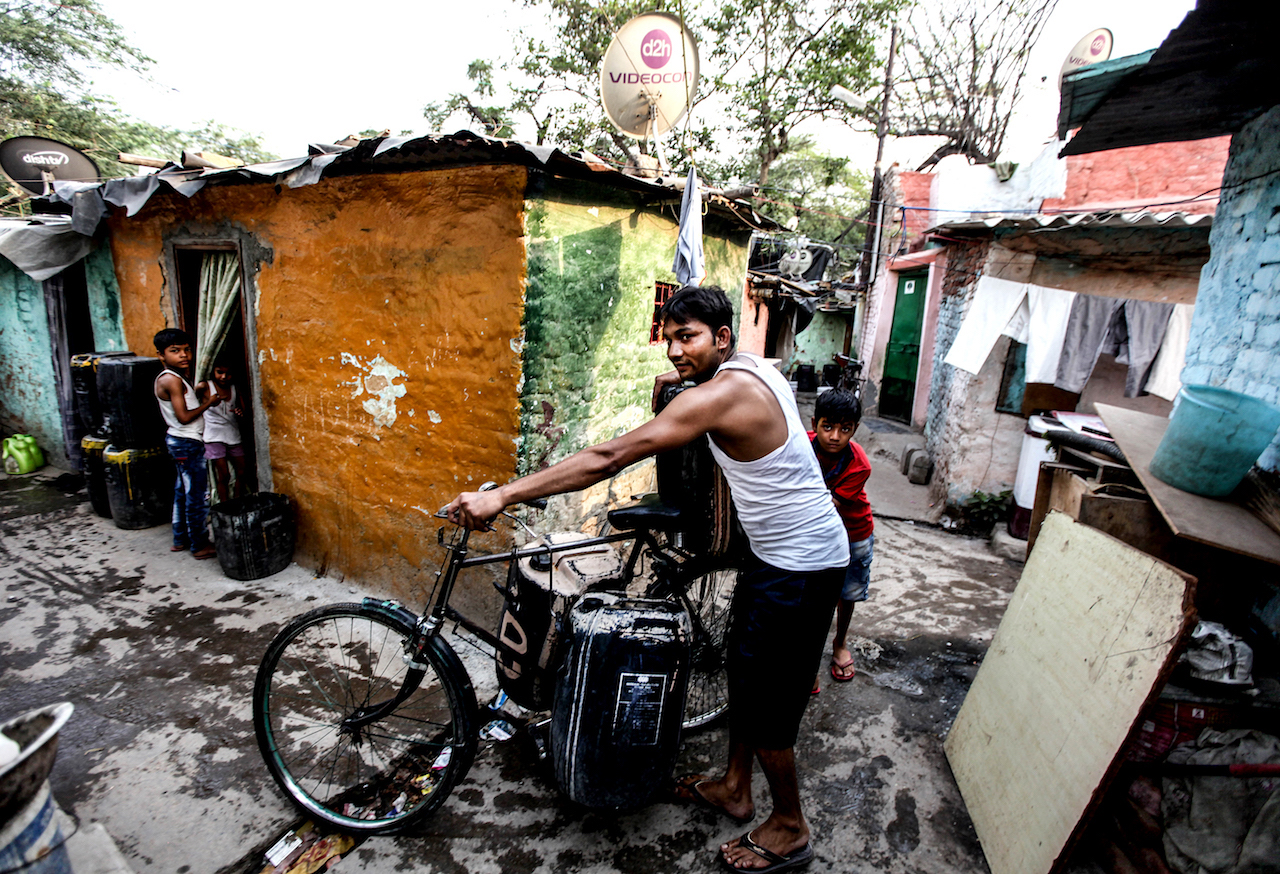
Manoj Kumar
“I live in Sanjay Camp. I work in Ashoka hotel. I spend around three to four hours getting water. People fight amongst each other for water frequently. We have to manage our work timings because of the water shortage. In the hotel industry, we earn the most through overtime, but because of this shortage, we have to skip it. There is nothing you can do without water. We have to go to private toilets to bathe, or wash our clothes. We have to pay them Rs. 10 [$0.15 USD] each time.”

Ibrahim
“I have lived in Sanjay Camp for three years. I work as a room boy at Hotel Taj Mansingh. We have to go far away to take a bath for work and often we have to [leave] for work without bathing. People fight a lot when the tanker arrives; [it] rarely comes on time and we wait for two-three hours for [it]. If [we don’t get any water], then we have to pay for the private toilets.”
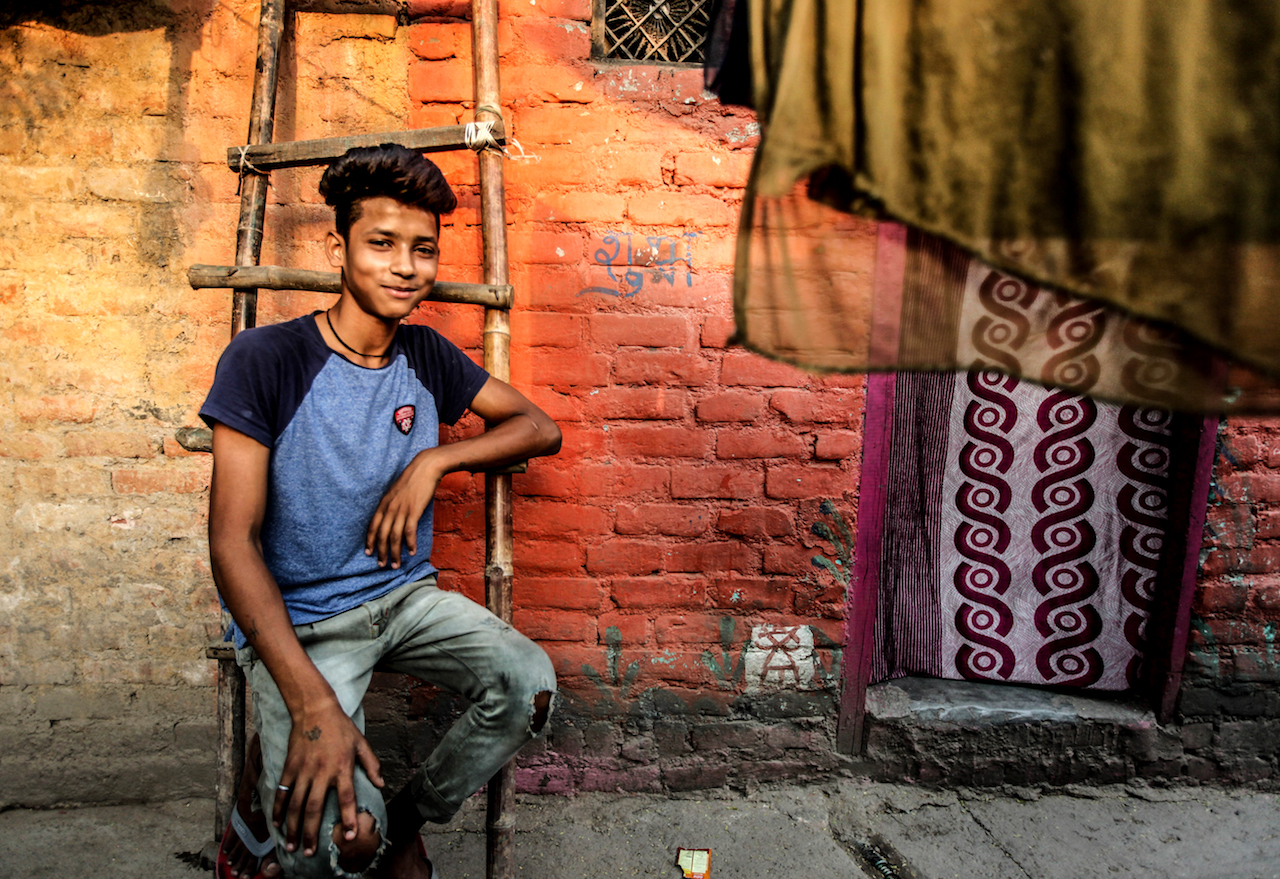
Harsh
“The public toilets haven’t had water since the last two months. We have to go to school without taking a bath sometimes. The toilets are always [dirty], and because of that we have to go out in the open to shit. People fight a lot for water. I’ve seen people fall and hurt their legs. When someone doesn’t get water that day, they start fighting.”
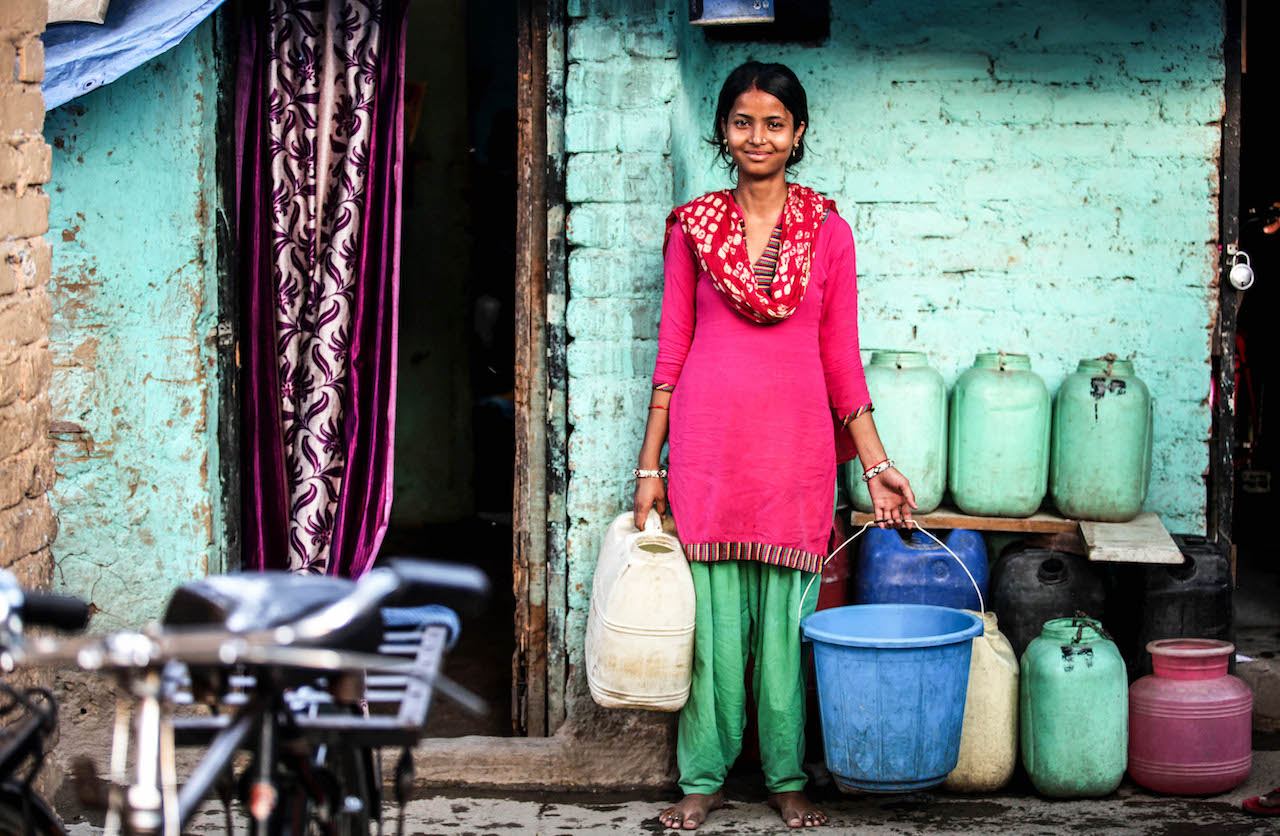
Archana Charan
“We have to fight for water in Sanjay Camp. Sometimes it comes, sometimes it doesn’t. The situation with the toilets is also dire. Sometimes we return with empty buckets. This affects our family, children, and their schooling. Our children are late for school; our husbands are late for work because of all this.”
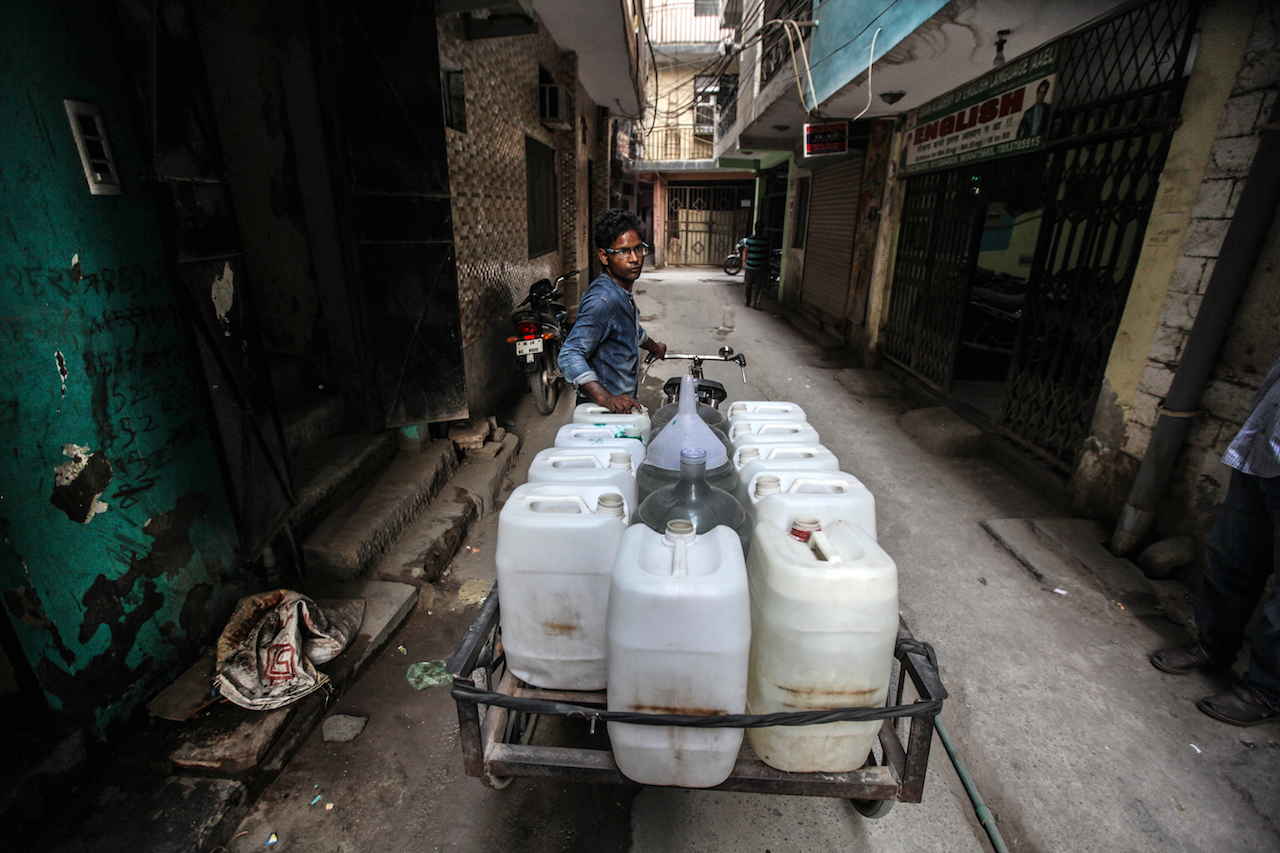
Akbar
“I sell around 40-50 cans of filtered water in Jamia Nagar. I charge Rs. 20 [$0.30 USD] for one can. I’ve been doing this for three to four years now, and there are around 200 people who also do the same. We have fixed customers here. They pay us in 10-15 days, sometimes in a month, or sometimes in just five days.”
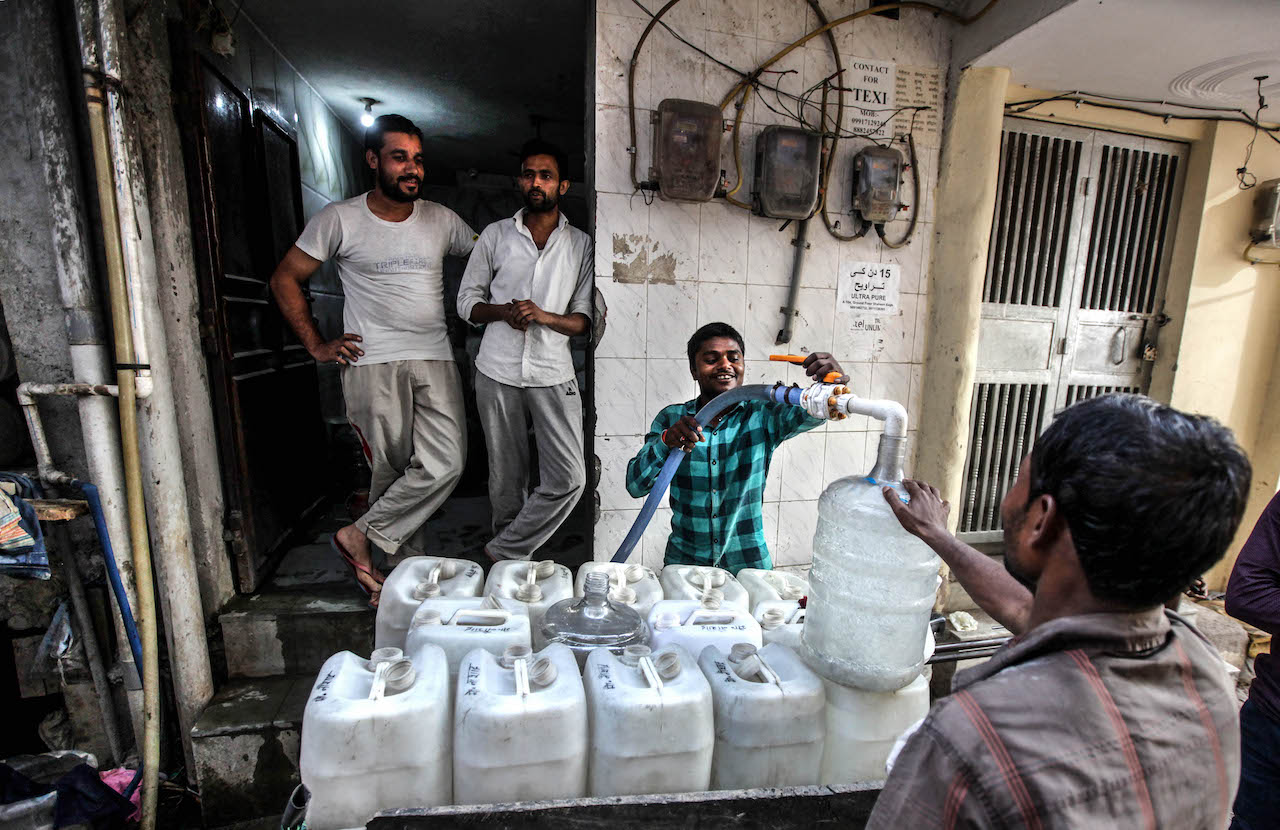
Mohammed Azmi, illegal bore-well operator
“This is filtered water. We have fixed customers who live here permanently. The [Municipal Corporation of Delhi] troubles us a lot. They keep coming and sealing the plant. I’ve heard that they sealed a lot of plants in the Batla House and Abu Fazal area. There are around 200-250 plants in this area [alone]. We sell around 300 gallons per plant daily. This is all ground water, which we then filter and supply to smaller tankers.”
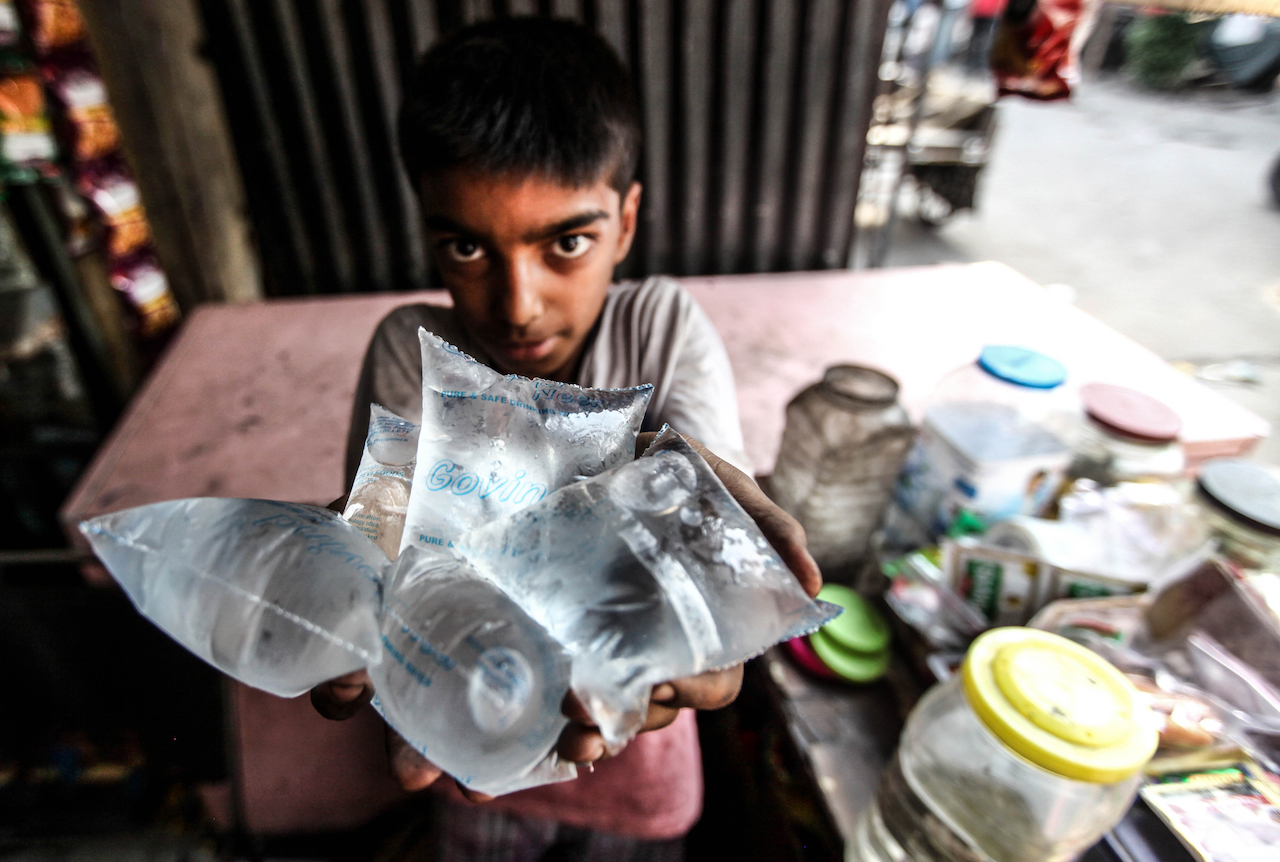
Nikunj Garg
“I sell water here. I sell over 200 packets at two for three rupees [$0.04 USD].”
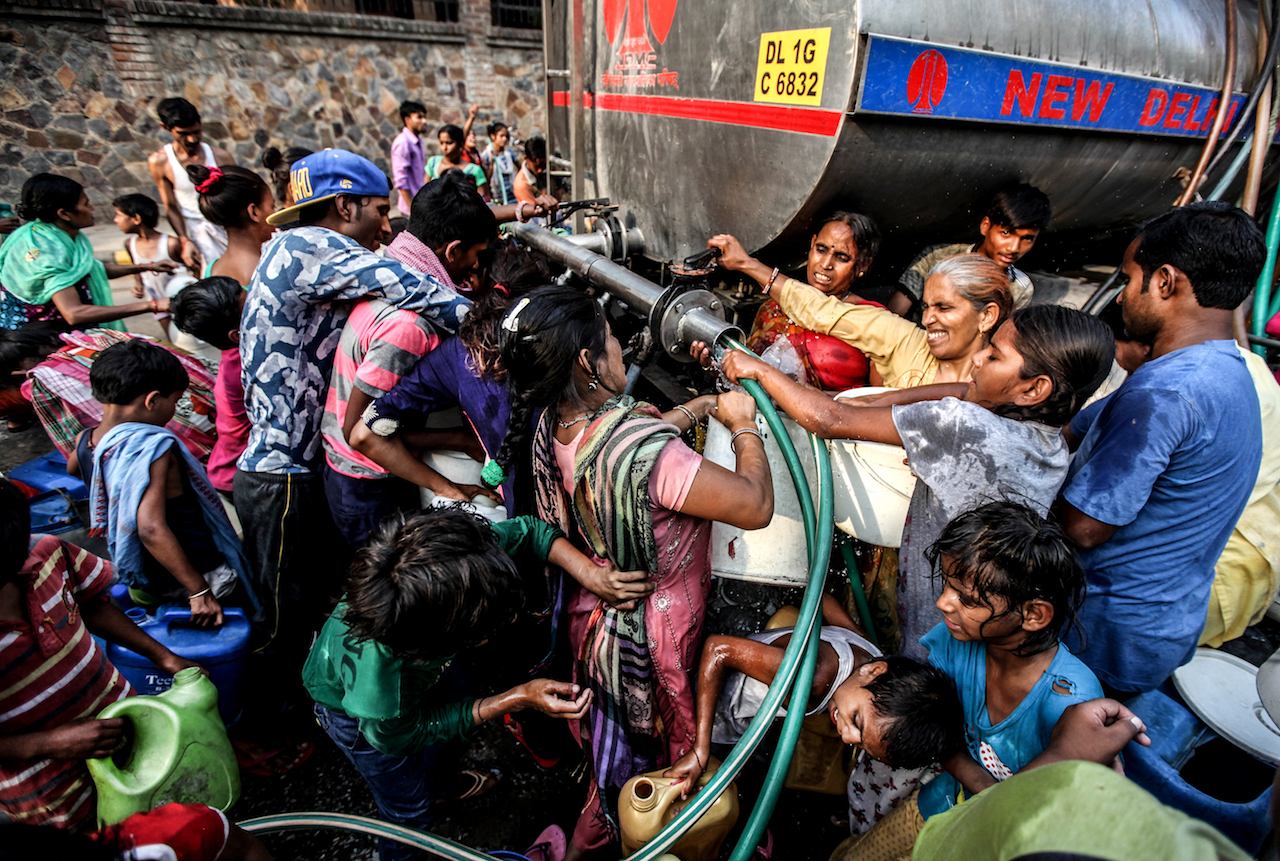
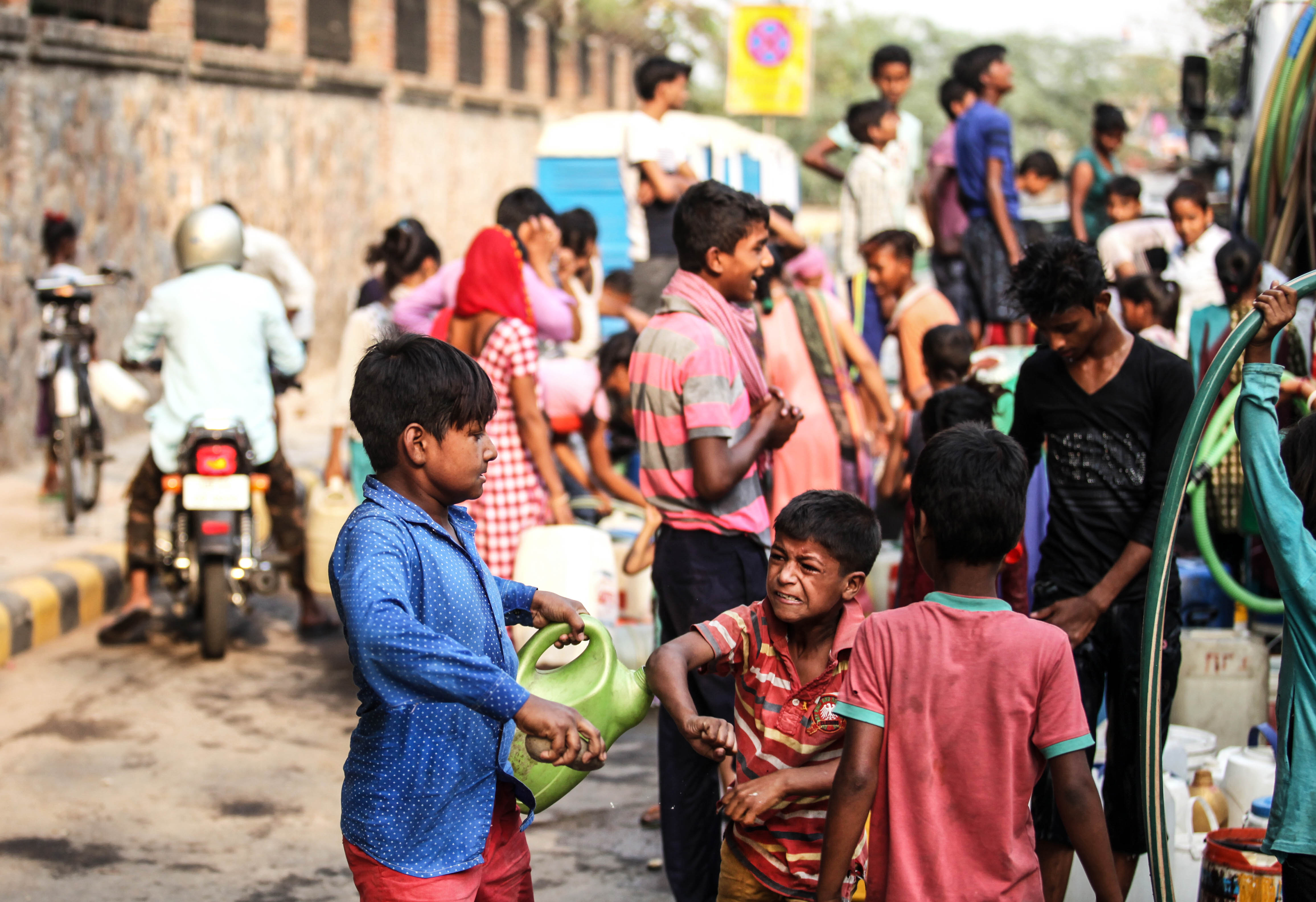
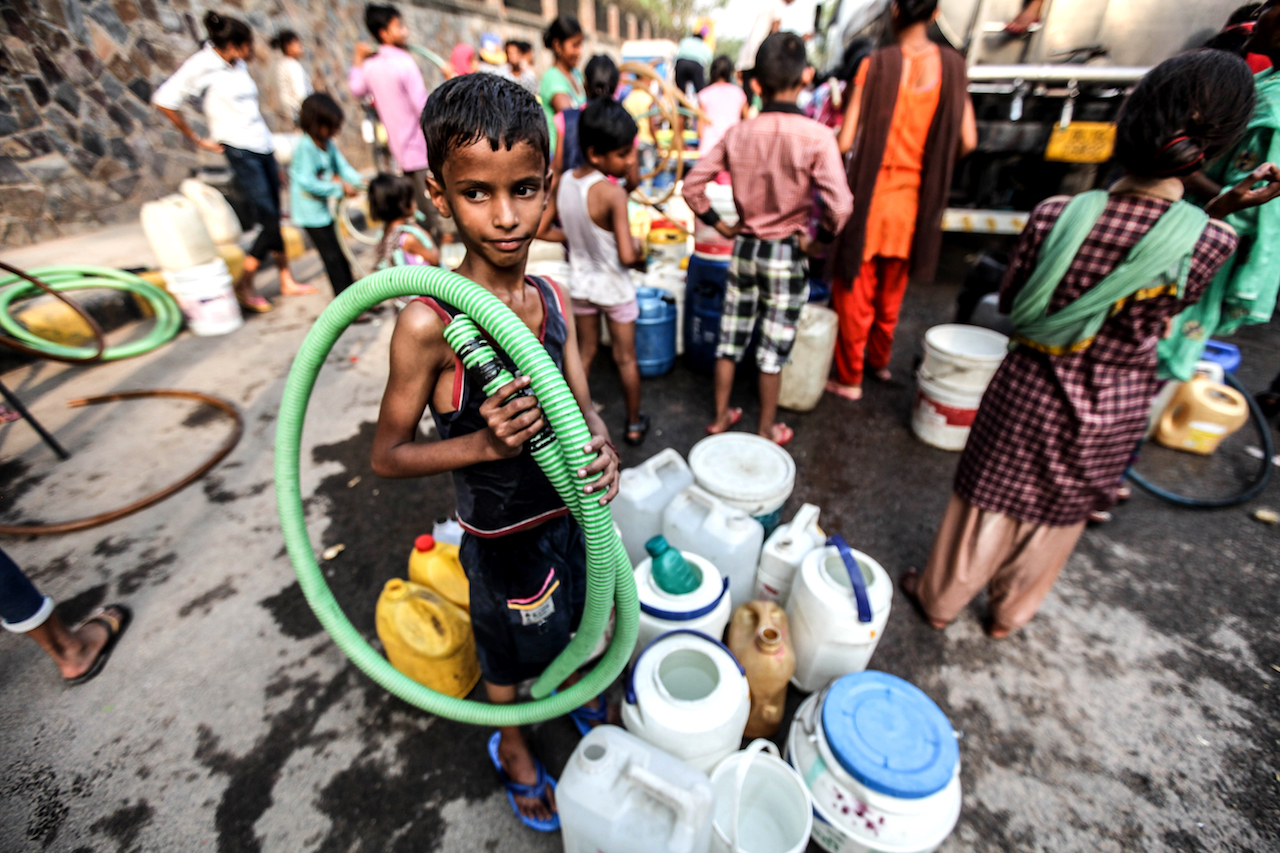
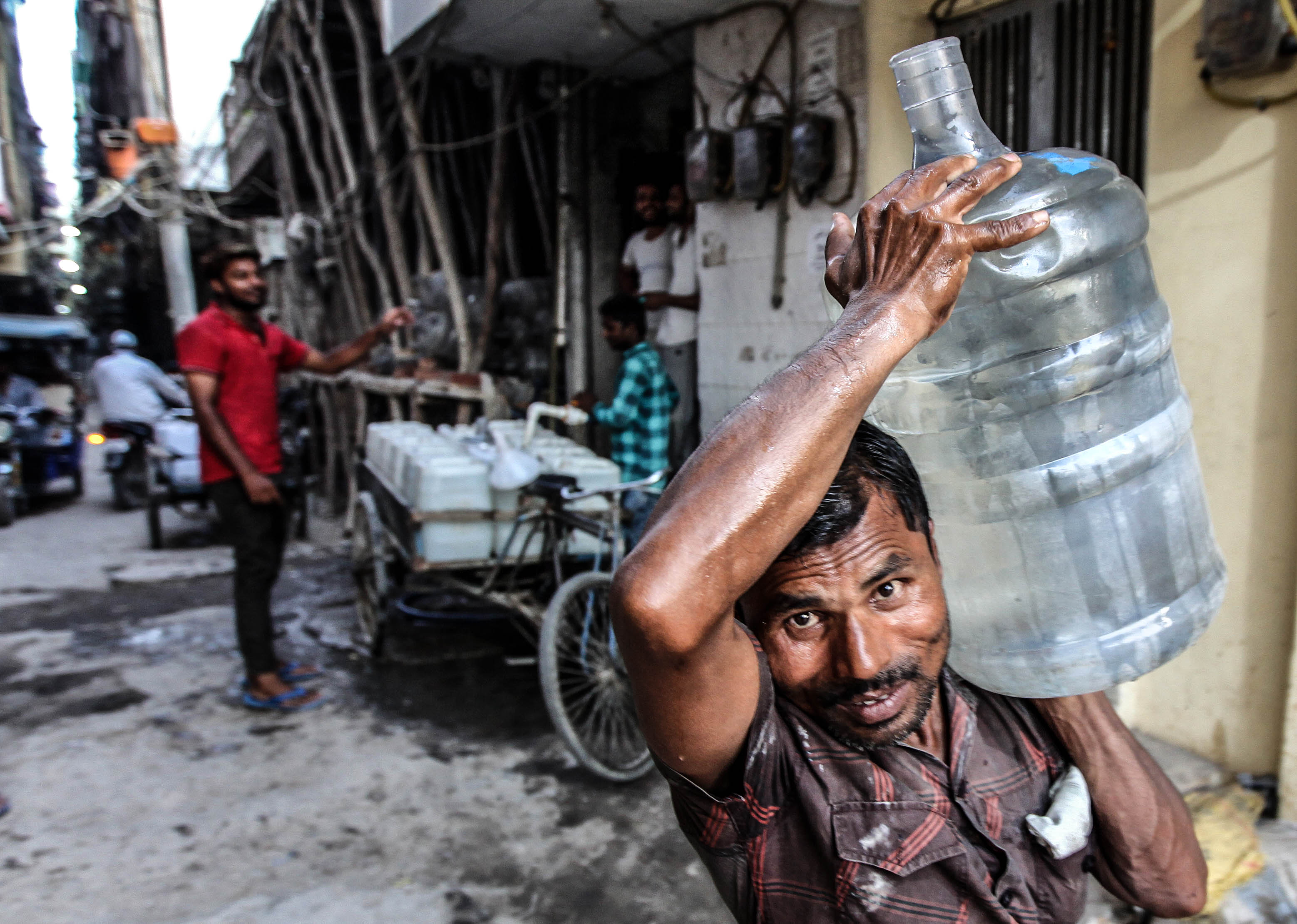
Sign up for our newsletter to get the best of VICE delivered to your inbox daily.
This article originally appeared on VICE IN.